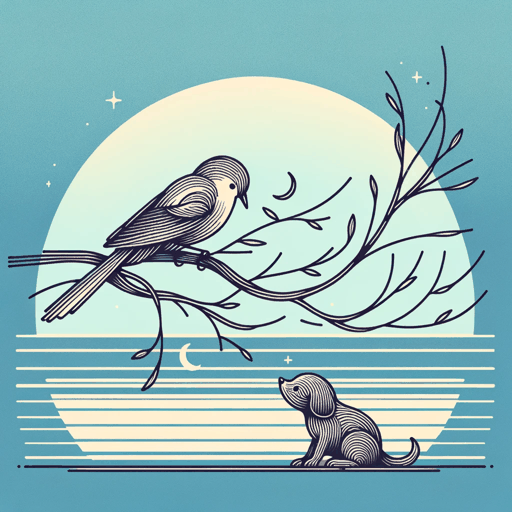20 pages • 40 minutes read
Elizabeth BishopFive Flights Up
Fiction | Poem | Adult | Published in 1974A modern alternative to SparkNotes and CliffsNotes, SuperSummary offers high-quality Study Guides with detailed chapter summaries and analysis of major themes, characters, and more.
Background
Literary Context
Published in the 1970s, “Five Flights Up” has much in common with the literary movement known as Postmodernism. As with Modernists, Postmodernists emphasize fragmentation and question grand ideals. Postmodernists add an inclination toward playfulness and the incorporation of quirky details, which tend to make Postmodern poems seem like puzzles. In “Five Flights Up,” Bishop plays around with the dog and bird by giving them human traits. The morning, too, receives human characteristics. Bishop’s meticulous tone produces peculiarities, which, in turn, can feel puzzling. It’s a mystery why the dog “barks in his sleep / inquiringly, just once” (Lines 3-4) and how the dog and the bird “know everything is answered” (Line 22). As with a fair amount of Postmodern poetry, “Five Flights Up” gives the reader the power to put the pieces together and come up with answers.
The nuanced images in “Five Flights Up” link the poem to Imagism—an early 20th-century movement that (as the name implies) stressed imagery. For Imagists like Ezra Pound, Amy Lowell, and William Carlos Williams, poetry worked best when it produced a clear picture for the reader. Bishop’s poem contains a few crisp images, with an ornate description of the morning in Stanza 2 and a direct depiction of the dog as he “bounces cheerfully up and down” (Line 19) and “rushes in circles in the fallen leaves” (Line 20).
Related Titles
By Elizabeth Bishop

A Miracle for Breakfast
Elizabeth Bishop

Arrival at Santos
Elizabeth Bishop

Crusoe in England
Elizabeth Bishop

Exchanging Hats
Elizabeth Bishop

Insomnia
Elizabeth Bishop

One Art
Elizabeth Bishop
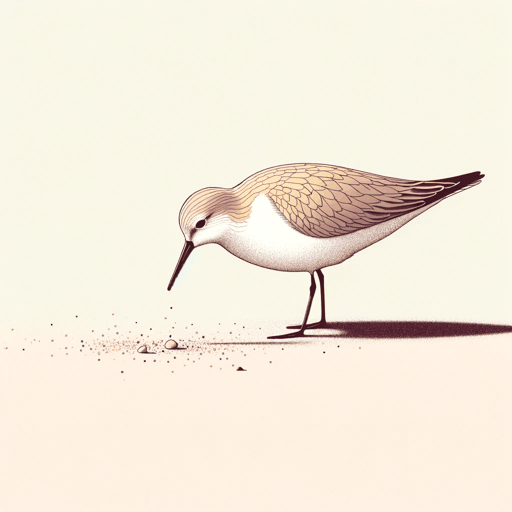
Sandpiper
Elizabeth Bishop
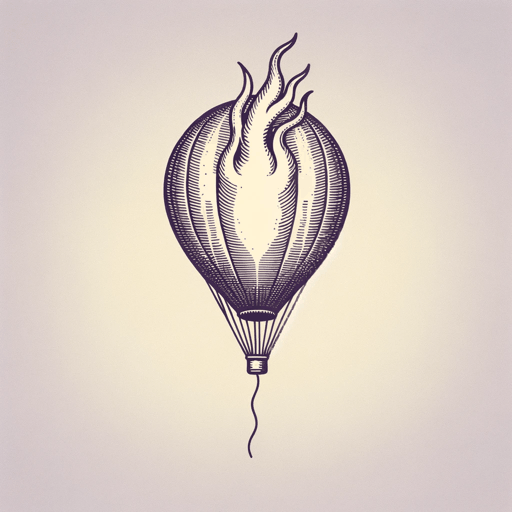
The Armadillo
Elizabeth Bishop
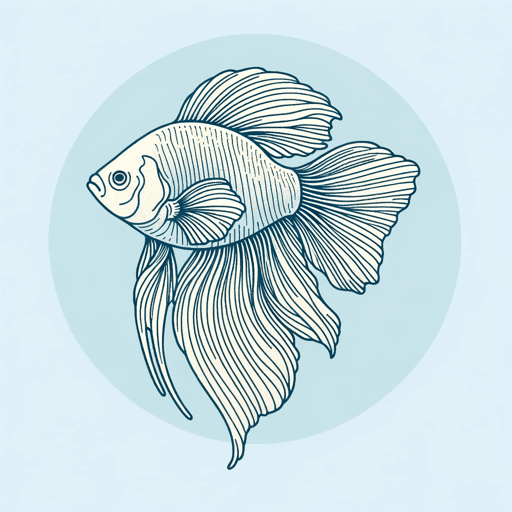
The Fish
Elizabeth Bishop

The Imaginary Iceberg
Elizabeth Bishop
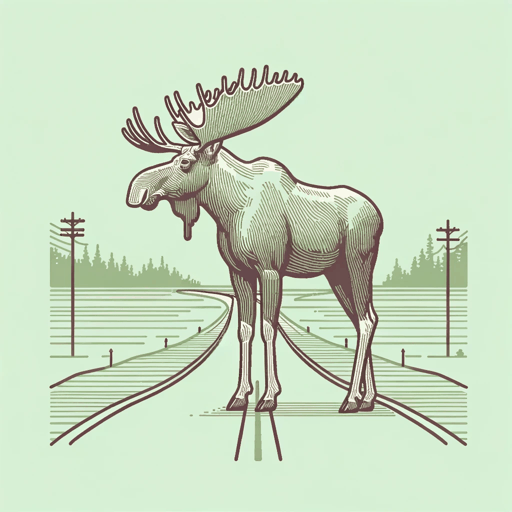
The Moose
Elizabeth Bishop

The Mountain
Elizabeth Bishop
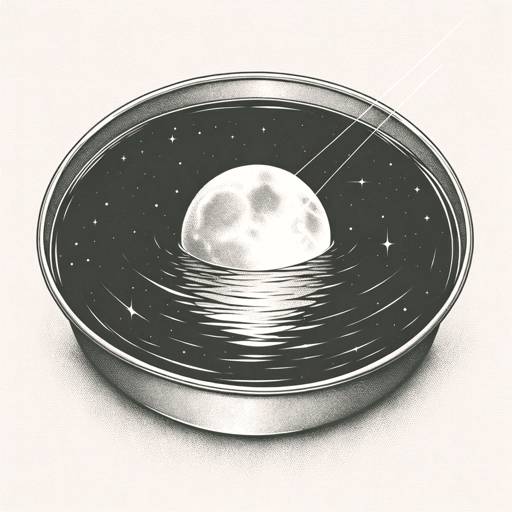
The Shampoo
Elizabeth Bishop
